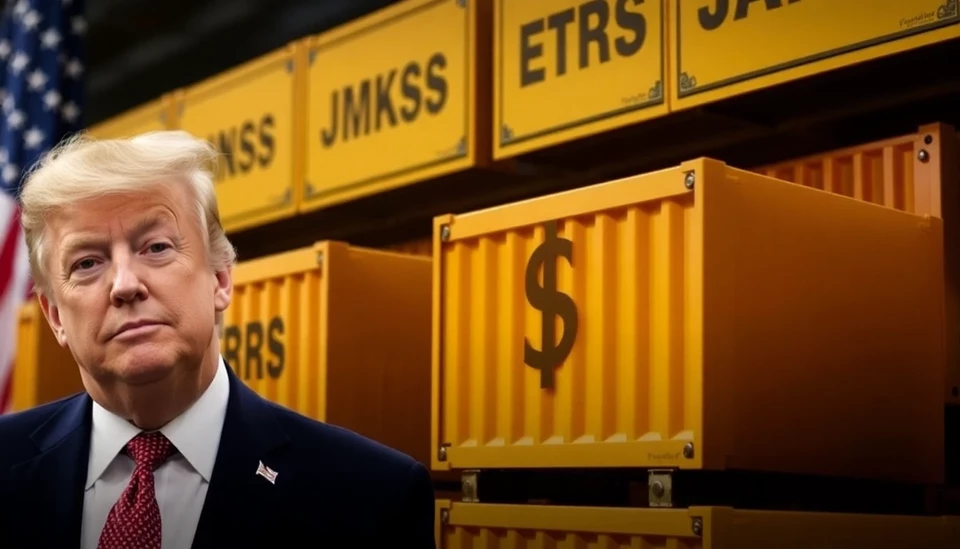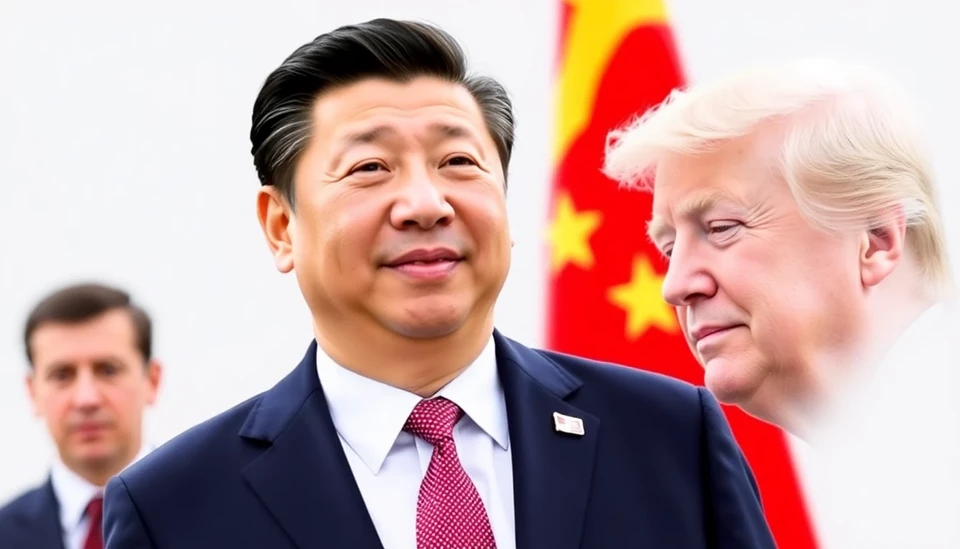
In an unexpected turn of events, recent analyses have revealed that the United States has emerged as the most significant loser in the global markets due to the tariffs implemented during Donald Trump's presidency. Experts have pointed out that these protective measures, which were ostensibly aimed at bolstering American industries, have instead led to cascading economic consequences that have been detrimental to various sectors within the U.S. economy.
According to reports, the cumulative impact of tariffs not only stymied U.S. exports but also drove up costs for consumers and businesses alike. Industries such as agriculture and manufacturing bore the brunt of retaliatory tariffs from trading partners, resulting in a viscerally negative impact on their profit margins and competitive standing in international markets.
The tariff policies introduced in 2018 were intended to safeguard American jobs and stimulate domestic production; however, they have inadvertently created a landscape of increased prices and heightened trade tensions. Agricultural exports, notably soybeans and other commodities, plummeted as major trading partners like China imposed tariffs in retaliation. This retaliation stranded farmers and agricultural producers who had greatly depended on these international markets.
Moreover, the manufacturing sector experienced significant disruptions, with companies facing elevated costs for imported raw materials. The elevated prices, subsequently, trickled down to consumers, leading to a noticeable rise in inflation rates in the U.S. The repercussions are evident in consumer confidence, which has diminished as households grappled with increased living expenses.
Interestingly, while some sectors temporarily benefitted from the tariffs, such as the steel and aluminum industries, the overall outlook remains grim. The job growth and economic stability that were projected as outcomes of these tariffs have largely been overshadowed by their adverse impacts. Economists indicate that while a few industries may have flourished, the net effect has resulted in job losses in more export-oriented sectors.
Looking forward, the lingering effects of previous tariff impositions continue to shape negotiations in trade agreements and diplomatic relations. There is ongoing discourse among policymakers regarding potential reforms aimed at mitigating the damage inflicted on the U.S. economy. The recent findings suggest a pressing need to reconsider the efficacy of protectionism as a long-term strategy.
In summation, as the smoke clears from the turbulent trade landscape fueled by Trump's tariffs, it is evident that the United States finds itself grappling with unforeseen economic challenges. It emphasizes the complexities of global trade, highlighting how protectionist measures can inadvertently lead to wider economic ramifications.
As the global economy evolves, it remains to be seen how the U.S. will address these issues and restore its standing in international markets.
#USTariffs #TradePolicy #Economy #TrumpAdministration #GlobalMarkets #ConsumerImpact #Agriculture #Manufacturing #EconomicPolicy #Inflation
Author: Daniel Foster




